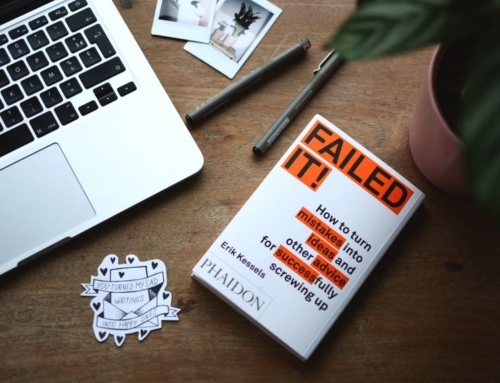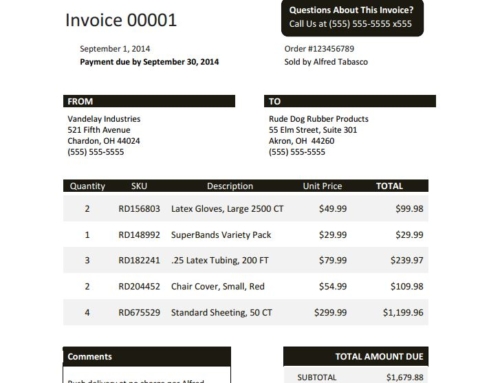Once you get to the point where you need to write a demand letter to a customer, you are probably pretty frustrated. You have now sent multiple invoices, collection letters, payment reminders and called the customer with no response or payment. However, despite all the frustration from this, you have to remain calm and professional in order to write a demand letter that is effective. Sending a demand letter that is purely negative will only push the customer away from dealing with the issue. So, if you’re wondering basic questions, like “Can I send a demand letter via email?” we’ve put together a few steps on how to write and communicate a demand letter.
Since you wouldn’t be sending a demand letter unless you have exhausted all other resources, such as sending invoices, collection letters and payment reminders, as well as making phone calls and sending emails, it’s important to include all of these documents. If there is a purchase order for the customer, include this as well. What can you include before you send the demand letter? Any documentation from general communication via emails to phone recordings or invoice dispute letters with the dates of when it all occurred.
Since frustrations are usually running high at this point, it is important to remember to use professional language throughout the demand letter. Don’t yell at the customer or accuse them of anything. Simply state the facts, the dates you have reached out to them and how much they owe you.
Make sure the demand letter is easy to read. If the customer or their attorney has to go searching through the letter line by line to try and figure out what you are saying, then it will only make the process longer to get paid. Use subheadings and bullet points to document your communication history with the customer, make yourself and your company’s contact information very clear in a header at the top of the letter and use a font that is easily readable for the customer, such as Open Sans.
The most important part of writing a demand letter is making the demand amount and the due date clear to the customer. This should be in bold large lettering so it is impossible to miss. If the customer has incurred interest for having not paid the invoice, include the interest and total it out for the customer. Make this part of the demand letter simple and clear.
As soon as you have all the documentation pulled together, send the demand letter. The sooner you send the letter, the more quickly you can collect what is owed to you. If you wait too long to send the demand letter, the customer and their attorney may not see this as a priority to you. If you can’t get all documentation quickly, then send what you have and advise that more documentation will follow.
As most collection professionals know, a letter is not always guaranteed to get to a customer by simply sending it via the mail. Wondering if you can email a demand letter? Yes, there is no reason you cannot write a demand letter to be sent by email. Use multiple channels, including email, mail, fax, EDI and follow it up with a phone call to ensure they received it.




